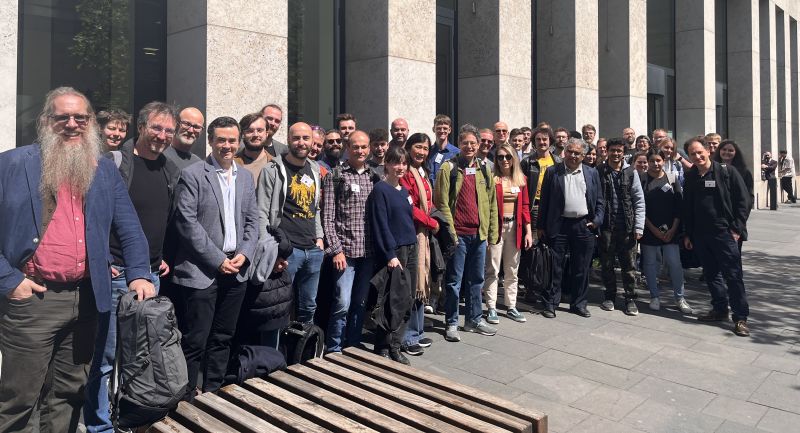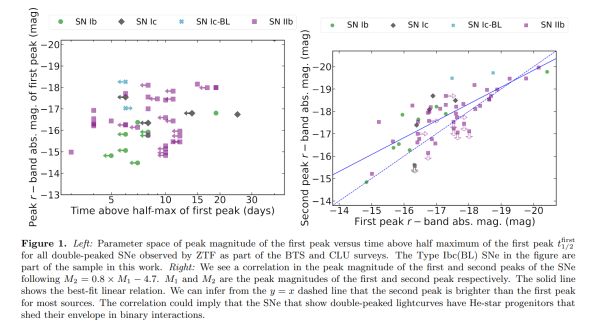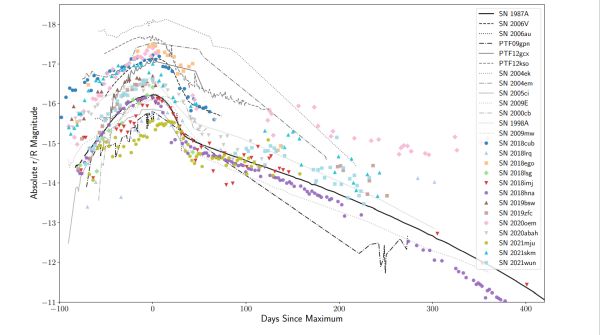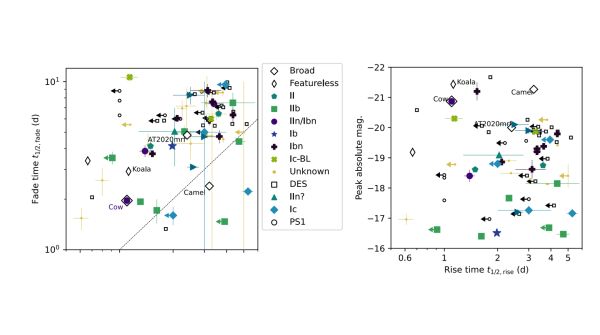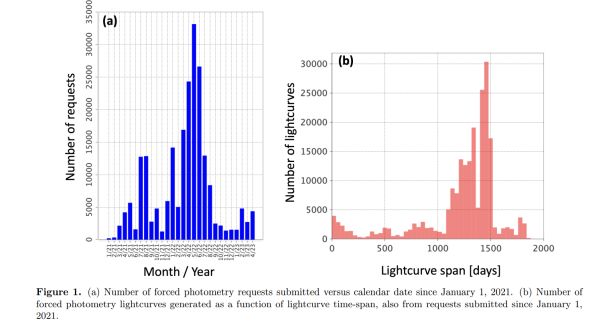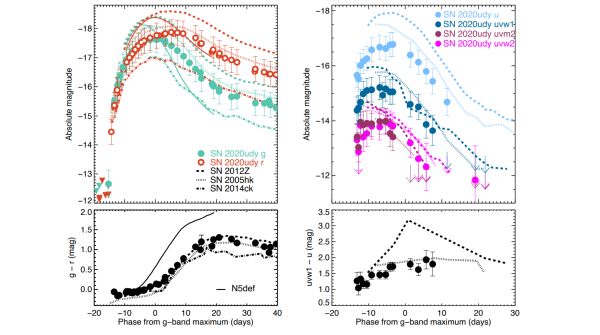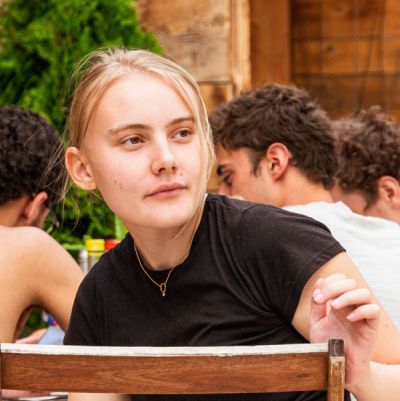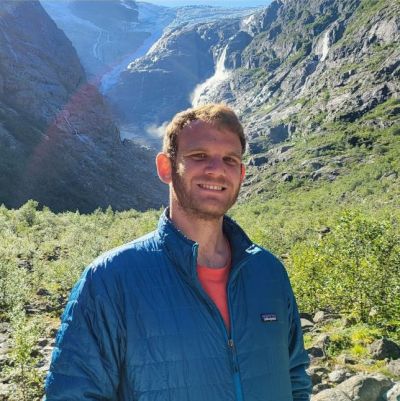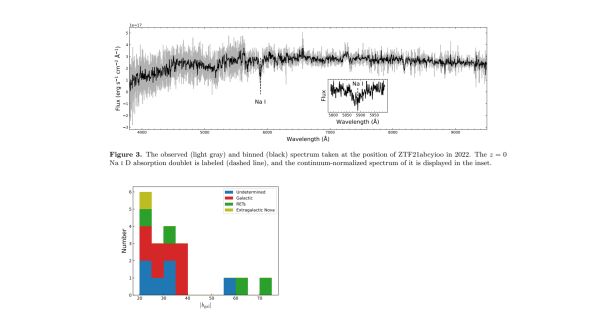NSF approves additional funds for extended operations of ZTF
From the corner office
ZTF-II was originally conceived to overlap with the LIGO-Virgo-KARGA observing run O4 which started in late May 2023, and to overlap with the LSST survey of the Vera Rubin Observatory. ZTF-II comes to an end on October 1, 2023, while O4 will continue through December 2024.
We are really pleased to inform the astronomy community that the National Science Foundation will be providing a supplemental fund of ~1 million USD to support ZTF operations for an additional year. Separately, a number of existing and new partners have also agreed to support operations for another year.
We dub this extension as ZTF-O4. Ideally we would like to have ZTF-O4 go through December 2024. A new board consisting of representatives of the parties who signed up for ZTF-O4 and the PI team (representing the project and NSF) is being constituted. This Board will have its first meeting in July and its first task will be to explore options to stretch the funding so as to allow funding through December 2024. Please stay tuned.
Shri Kulkarni
ZTF Principal Investigator, Professor of Astronomy and Planetary Sciences, Caltech
Matthew Graham
ZTF Project Scientist, Research Professor of Astronomy, Caltech
ZTF team meets in Berlin
The ZTF collaboration held its bi-annual team meeting during the week of May 8-12 at the Humboldt University of Berlin, Germany. In addition to the usual updates from the science working groups and operations, much time was devoted to a discussion on what the legacy of ZTF will be and how to best manage the survey data and unique datasets beyond the official ending of the project.
ZTF Public Data Release 18
The Zwicky Transient Facility (ZTF) and IPAC at the California Institute of Technology announce the eighteenth ZTF Public Data Release. This release adds 2 months of observations to the 17th data release, up to 7 May 2023 for the public portion of the survey, and private survey time prior to 4 Jan 2022.
The products include 49.6 million single-exposure images, 174 thousand co-added images, accompanying source catalog files containing 768 billion source detections extracted from those images, and 4.70 billion light curves constructed from the single-exposure extractions.
Science Highlights
Astronomers Discover Extremely Warped Supernova
Astronomers have captured a bizarre image of a supernova, the powerful explosion of a star, whose light was so warped by the gravity of another galaxy that it appears as multiple images in the sky. This effect, known as gravitational lensing, occurs when the gravity of a dense object distorts and brightens the light of an object behind it.
Press ReleasePre-supernova mass loss in double peaked supernovae
Authors review a sample of 14 double peaked Type Ibc supernovae out of 475 detected by the Zwicky Transient Facility to perform a systematic photometric and spectroscopic analysis in order to better understand the physics behind these eruptions in supernovae with low and high mass progenitors.
Volumetric rate for long-rising Type II supernovae
ZTF astronomers have used the Census of the Local Universe galaxy catalog (2018-2021) to identify long-rising Type II supernovae. Doubling the number of such events recorded to date, the authors derive their volumetric rate. This is the first time a volumetric rate for long-rising Type II supernovae is estimated from a large, systematic, volumetric-limited experiment.
A Search for Extragalactic Fast Blue Optical Transients
Authors present a search for extragalactic fast blue optical transients (FBOTs) during Phase I of the Zwicky Transient Facility (ZTF) and perform multiwavelength (radio, millimeter, and/or X-ray) observations for five FBOTs. They conclude that exotic transients similar to AT2018cow, the Koala, and the Camel represent a rare subset of FBOTs and use ZTF's SN classification experiments to measure the rate to be at most 0.1% of the local core-collapse SN rate.
Forced Photometry service for the Zwicky Transient Facility
In this paper, ZTF partners at Caltech/IPAC who lead survey data management for ZTF describe the forced photometry service (ZFPS) available to the astronomy community since early 2020. With ZFPS users can request forced-photometry lightcurves for up to 1500 sky positions per request in a single web-application submission. The underlying software has been recoded to take advantage of a parallel processing architecture with the most compute-intensive component rewritten in C and optimized for the available hardware.
Early detection of a supernova reveals its origin
Discovered just 7 hours of estimated first light, supernova 2020udy was studied extensively by a team of astronomers led by ZTF partners at the Trinity College Dublin. They find the most plausible explosion scenario to be the incomplete disruption of a CO white dwarf near the Chandrasekhar-mass limit, with a helium-star companion.
ZTF Faces
Madeleine Ginolin
(IN2P3, France)
I was born in Lyon, which is the second biggest city in France (but the capital of food).
Read OnErez Zimmerman
(Weizmann Institute of Science, Israel)
I grew up in Haifa, northern Israel, a really beautiful mountaineous city on the coast of the eastern Mediterranean.
Read OnScience with public ZTF data
We highlight scientific publications from individuals and groups outside of the ZTF partnership that use ZTF public data
Rapidly Evolving Transients in Archival ZTF Public Alerts
We search the archival Zwicky Transient Facility public survey for rapidly evolving transient (RET) candidates based on well-defined criteria between 2018 May and 2021 December. The search yielded 19 bona-fide RET candidates, corresponding to a discovery rate of ~5.2events per year. Even with a Galactic latitude cut of 20%, 8 of the 19 events are Galactic, including one with a light-curve shape closely resembling that of the GW170817 kilonova (KN). An additional event is a nova in M31. Four out of the 19 events are confirmed extragalactic RETs (one confirmed here for the first time) and the origin of 6 additional events cannot be determined. We did not find any extragalactic events resembling the GW170817 KN, from which we obtain an upper limit on the volumetric rate of GW170817-like KNe. These results can be used for quantifying contaminants to RET searches in transient alert streams, specifically when searching for kilonovae independently of gravitational-wave and gamma-ray-burst triggers.
|How-to Guide
Upgrade for the ZTF forced photometry service
Caltech/IPAC is announcing the new “batch" forced-photometry service with higher throughput for ZTF. The new service accepts up to 15,000 sources (10 requests of up to 1500 sources each). The original service (maximum limit of 100 sources total) is still running but will be eventually deprecated. To contact the support team for the forced photometry, please email them at ztf [at] ipac [dot] caltech [dot] edu
Web Access User guideZTF is supported by the National Science Foundation and a collaboration including Caltech, IPAC, the
Weizmann Institute for Science, the Oskar Klein Center at Stockholm University, the University of
Maryland, Deutsches Elektronen-Synchrotron and Humboldt University, Lawrence Livermore National
Laboratory, the TANGO Consortium of Taiwan, the University of Wisconsin at Milwaukee, Trinity College
Dublin, IN2P3, University of Warwick, Ruhr University Bochum, Northwestern University and Cornell University . Operations are conducted
by COO, IPAC and University of Washington.
Any opinions, findings, and conclusions or recommendations expressed in this material are those of the
author(s) and do not necessarily reflect the views of the National Science Foundation.

